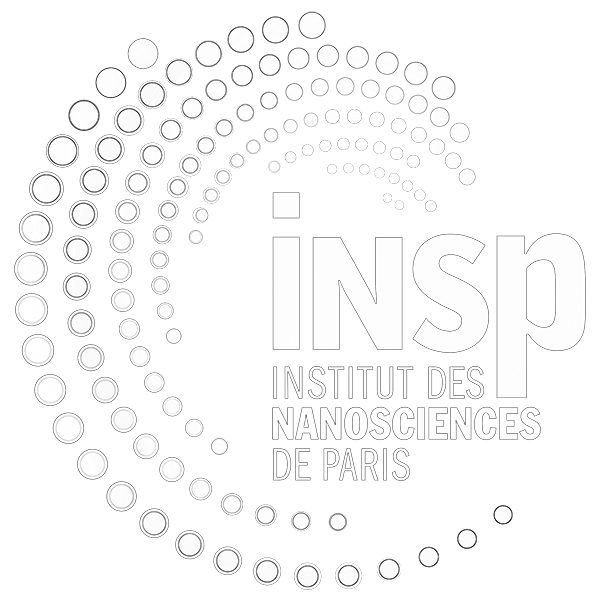Epitaxial growth of stanene
Contact : prevot@insp.jussieu.fr
Funding : Sorbonne Université - CNRS
keywords : Experimental and Internship M2
Gratification : Oui
Team(s) internship page(s) : Chemical Physics and Dynamics of Surfaces
Internship description
The aim of the internship is to follow in situ and in real-time with scanning tunneling microscopy the deposition of tin on Cu(111) and Ag(111) surfaces leading to the formation of stanene layers.
CLICK ON “Internship description” to get the complete document
Theoretical studies have shown that new physical properties such as tunable gap opening or quantum spin Hall effect could be expected from group IV graphene analogues (silicene, germanene, stanene) [1]. While there have been numerous studies of such Si, Ge, Sn monolayers, the demonstration of their hexagonal organization has been often based on post-growth characterization and their analogy to graphene has remained controversial. On the contrary, using real-time observation of the growth of such layers on metal surfaces with scanning tunnelling microscopy (STM), we have evidenced unexpected surface alloying phenomena, that can lead to formation of buried layers, surface alloys or bulk alloys [2-4].
Thus, up to now, honeycomb, i.e., graphene-like silicene layers have only been identified for sure after growth on Ag(111) and Ag(110) [5-6], whereas Ge growth on Ag(111) leads to surface alloys (see Fig. 1) [7]. It has been recently proposed [8] that low-temperature deposition of Sn on Cu(111) leads to the formation of stanene. The aim of the internship is to follow in situ and in real-time the deposition of tin on Ag surfaces with various substrate orientations(111), (110), (100) to determine the relation between substrate symmetries and film structure.
For this purpose, real-time STM experiments will be performed during Sn evaporation at various temperature. The objective is to follow simultaneously the formation of the stanene layer and the evolution of the substrate in order to determine the interaction between the layer and the metal surface.
[1] S. Cahangirov, M. Topsakal, E. Aktürk, H. Şahin, S. Ciraci, Phys. Rev. Lett. 102, 236804 (2009)[2] R. Bernard et al., Phys. Rev. B 88, 121411 (2013)
[3] G. Prevot, R. Bernard, H. Cruguel, Y. Borensztein, Appl. Phys. Lett. 105, 213106 (2014)
[4] K. Zhang, R. Bernard, H. Cruguel, Y. Borensztein, G. Prevot, Phys. Rev. B 102, 125418 (2020)
[5] A. Curcella, R. Bernard, Y. Borensztein, A. Resta, M. Lazzeri, and G. Prevot, Phys. Rev. B 94, 165438 (2016)
[6] T. Leoni, …, G. Prévot, and L. Masson, J. Phys. Chem. C 125 (2021) 17906
[7] K. Zhang, …, G. Prévot, ACS Nano, 17 (2023) 15687
[8] J. Deng et al., Nat. Mat. 17,1081, (2018)

